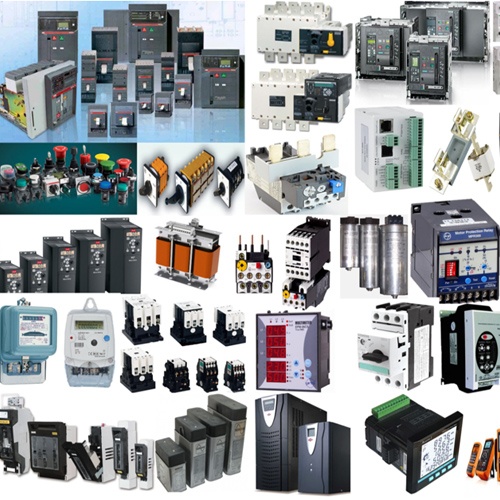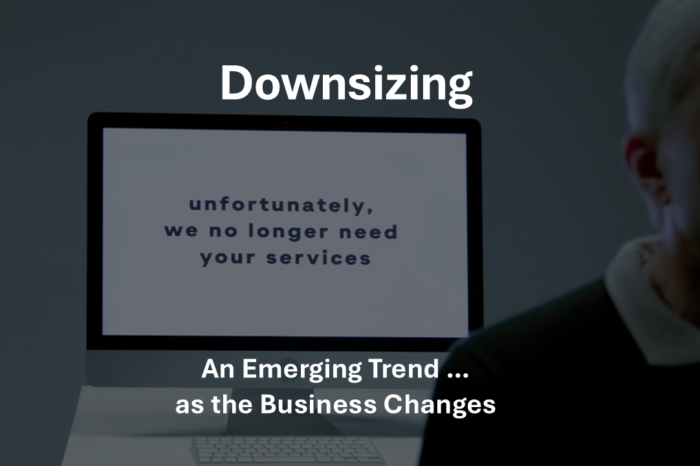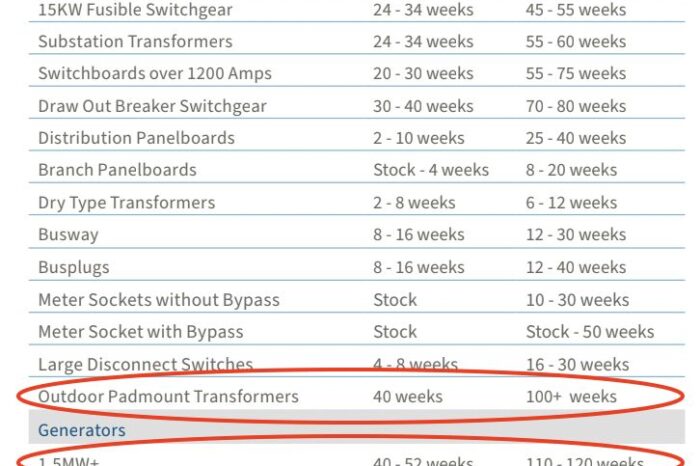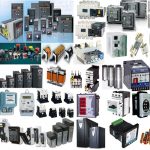The Future of Distribution Equipment Manufacturers?

As Crescent Electric gets ready for a changing of the guard with Marty Burbridge retiring later this month, more change is occurring within the company. For most, if not all, of its existence Crescent has been aligned with GE. Through the various divestitures of GE, the relationship has been more recently aligned with the distribution equipment side of the business (now ABB Electrification). While not all branches had ABB / GE, many did.
News now comes from a number of sources that Crescent has decided to part ways with ABB for distribution equipment. The decision was communicated to Crescent’s branches the beginning of March.
The result is that Crescent locations will be going “single line” and will either by Square D by Schneider Electric branches or Eaton locations. According to others who have evaluated distribution equipment lines, and our work with clients, going single source, at times, can be more profitable when the total cost of doing business is considered, as well as more efficient. For some clients we’ve recommended a dual approach given territorial constraints imposed by a supplier that limit a distributor’s growth aspirations.
Crescent’s decision highlight’s a significant challenge for ABB. ABB is not aligned with a national chain and senior management has made aligning with a national chain an organizational priority. WESCO is primarily Eaton, Graybar is Schneider, CED is primarily Schneider and Eaton, Sonepar differs by operating company and seems to have relationships with Schneider, Siemens and ABB / GE, City Electric is primarily Eaton with some Siemens, Rexel appears to be a little bit of everything, Crescent is now Schneider and Eaton. Notice a pattern? Neither Siemens or ABB is in a leadership position (#1 or #2) at any of these organizations.
Further, when IMARK and AD are considered, although Siemens and ABB are manufacturer members of both organizations, neither are in a leadership position within the organization … although both organizations are probably representing a significant percent of Siemens or ABB’s distribution equipment business.
A changing distribution equipment environment
So, the question then becomes, what is the future channel strategy for Siemens and ABB / GE for distribution equipment?
Given that distribution equipment is 10-15% of distributor sales, and with many distributors defined by the distribution equipment line that they carry, how could this segment of the market play out?
- Are Siemens and ABB / GE destined to be fill-in lines at national chains … only at locations that Schneider or Eaton don’t want?
- Do Siemens and ABB / GE need to be “the independent difference” and “distribution equipment of independents”?
- Are leading independents seeking to align to be the “anti” or would they prefer to be with the #1 or #2 brand in the category?
- Will Siemens and ABB / GE need to think
alternatively, perhaps disruptively, to achieve their goals? Do they need to go
direct and add salespeople?
- It yes, this assumes that they are willing to invest for salaried, fully loaded people who will be nominally productive initially. While ABB stated, when it acquired GE, that it was going to invest in people, most say they haven’t seen the impact (and realistically, consider how many people would need to be hired to make an impact … and financed long-term (so, no interim layoffs!)
- Do they need to go to market via rep agencies
(captive or non-captive)?
- In some cases, they have captive rep agencies in
secondary markets, but perhaps this should go mainstream? Any rep who took on a
distribution equipment line would hire degreed engineers or previous Siemens /
ABB staff to have qualified gear specialists / project management people and
would train others / others could learn osmotically. And reps are closer to the market to support
stock / flow business as well as gain contractor support.
- And in thinking about reps, perhaps the new model takes a page out of the lighting agent playbook where pricing somehow reflects the cost of pursuing long cycle business … maybe usage of “overage” concepts (without the leveraging component) … maybe a “business development fee” or the companies pay a monthly marketing fee to the agency for brand development as well as a sales commission?
- In some cases, they have captive rep agencies in
secondary markets, but perhaps this should go mainstream? Any rep who took on a
distribution equipment line would hire degreed engineers or previous Siemens /
ABB staff to have qualified gear specialists / project management people and
would train others / others could learn osmotically. And reps are closer to the market to support
stock / flow business as well as gain contractor support.
- Perhaps sell online via company stores with more specifiers in the field? Co-invest with electronic distributors such as Allied Electronics to pursue this segment?
- Will these companies need to invest in demand creation … marketing, specifying engineers, contractor branding initiatives, significant co-funding of distributor and independent sales staff?
- Will acquisition activity further consolidate this space? Will all four survive? While it’s doubtful that Siemens would divest (although they did sell OSRAM Sylvania), could ABB decide that the GE acquisition not be core to its portfolio? In the scope of acquisitions, these are not “large” companies. Would they be “better” as part of different platforms?
According to those we spoke with, the issue isn’t a product issue. All stated that the product is “acceptable” and “performs”. While there may be differences, they are nominal, especially with ABB investing to enhance the former GE offering.
So, if it isn’t product, then the issue is brand preference, which relates to sales and marketing. Needing to 1) get the message out and 2) having the “feet on the street” to reach the engineers, contractors and distributors to drive brand interest. Historically Siemens and ABB / GE have been challenged in ongoing commitment to marketing and sales resourcing.
Unless ABB / GE and Siemens are content with having market share in the single digits, they may need to consider alternative strategies as the current playbook is “worn” and the prospects of recruiting a national distributor appear to be dim.
What can be done?
The question becomes, what could they do or are we destined to have a distribution equipment duopoly?
What are your perceptions about the distribution equipment companies and the future of each within the channel?























